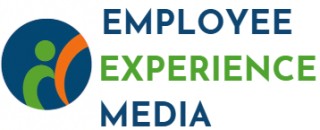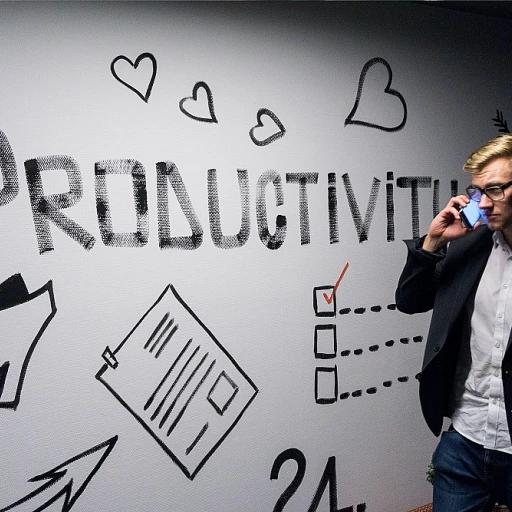Understanding Developmental Leadership
Unpacking the Foundation of Developmental Leadership
Developmental leadership is an approach that bridges the gap between personal growth and effective leadership. At its core, it revolves around nurturing the potential of both leaders and team members alike through continuous learning and skill enhancement. This form of leadership emphasizes the dual role of being both a leader and learner, encouraging a culture where growth and development are paramount.
In organizations, adopting a developmental mindset can revolutionize the way businesses operate. Leaders are expected to evolve by embracing leadership development programs, honing their emotional intelligence, and fostering an environment conducive to change and growth. Senior leaders play a crucial role in this process by being exemplary figures of continuous learning, which resonates through the organizational culture.
Effective leadership relies on understanding the dynamics of the team, engaging in comprehensive problem-solving, and making informed decisions that align with the organization's long-term goals. By focusing on developmental leadership, businesses can craft strategies that not only improve leadership skills but also drive employee engagement and satisfaction.
For those keen on exploring more about developmental leadership strategies, building a thriving coaching and mentoring network can significantly supplement these initiatives and empower organizational growth.
The Impact on Employee Engagement
A Catalyst for Employee Motivation
Understanding the impact of developmental leadership on employee engagement is essential for any organization looking to thrive in today’s competitive landscape. This leadership style not only nurtures leaders but also actively contributes to an environment where team members feel motivated and committed. Fostering engagement starts with leaders who prioritize development as a core component of their strategy. These leaders harness emotional intelligence and leverage continuous feedback from their teams, creating an atmosphere where employees feel heard and valued. As trust is built, employees are more likely to participate actively in organizational goals, improving overall team collaboration and morale. Moreover, developmental leadership encourages team members to become active participants in their personal growth. This approach motivates employees to embrace new challenges, enhancing their problem-solving and decision-making skills. As a result, organizations experience a dramatic improvement in employee dedication and productivity.Practical Application of Developmental Strategies
Implementing developmental leadership in a business setting requires a structured approach that involves leadership development programs. An effective program should focus on enhancing leadership skills such as emotional intelligence, effective communication, and strategic thinking. Drawing insights from best practices is crucial to ensure these programs are tailor-made to align with the organization’s unique context and culture. For further exploration on developing leadership skills, the how performance reviews shape employee experience blog discusses essential topics that assist leaders in empowering their teams. Building on these insights, organizations can create an informed leadership development pathway that fosters a thriving work environment. In conclusion, businesses aiming to enhance their employee experience should embrace developmental leadership as a cornerstone of their engagement strategy. This transformative approach not only drives individual growth but fosters a lasting commitment across the entire organization.Fostering a Culture of Growth
Creating a Culture that Nurtures Personal and Professional Growth
Organizations today understand that fostering an environment conducive to employee development is not merely a business strategy but a critical element for sustainable growth. To achieve this, a developmental leadership approach plays a pivotal role in nurturing a culture where continuous learning and improvement are paramount.
Incorporating a culture of growth within organizations involves more than just implementing development programs. Successful leaders are committed to fostering an environment that encourages continuous learning and skill enhancement, aligning individual goals with organizational objectives. Through best practices like ongoing leadership training and effective feedback mechanisms, businesses can ensure employees feel valued and invested in.
- Leadership Development Programs: Investing in robust leadership development initiatives equips employees with essential leadership skills, enhancing problem solving and decision making capabilities. This empowers team members to take on more challenging roles in the future.
- Encouraging Emotional Intelligence: Cultivating emotional intelligence in leaders enhances their ability to connect with employees, fostering a more empathetic and supportive work environment.
- Long Term Growth Mindset: By promoting a mindset focused on long term development, employees remain motivated and committed to self-improvement, leading to a more engaged and productive workforce.
Leaders can implement a strategy that emphasizes both personal and professional growth by prioritizing feedback and fostering an inclusive environment. Establishing leadership programs that are aligned with both the current and future needs of the business is crucial. Harvard Business reviews highlight that creating a feedback-rich culture boosts employee engagement and encourages a cycle of continuous development.
Adapting to the dynamic nature of the workplace requires organizations to embrace change and continuously reevaluate their developmental strategies. As senior leaders champion these efforts, the results in terms of employee satisfaction and performance can be immensely rewarding. For further insight, explore how performance reviews shape employee experience.
Overcoming Challenges in Implementation
Addressing Roadblocks to Adoption
Successfully embracing developmental leadership involves addressing a variety of challenges that can impede its implementation. For organizations intending to leverage leadership development with sustainable results, understanding these obstacles is crucial to creating an environment conducive to growth.- Resistance to Change: One of the primary challenges is overcoming resistance to change within the team or organization. Leaders must embody emotional intelligence and effective communication skills to help navigate and ease this transition. Additionally, integrating leadership training into the organization's long-term strategy can help prepare both leaders and employees for ongoing adjustments.
- Aligning Development Programs with Business Goals: Programs must be strategically aligned with business goals to ensure they foster relevant skills. Organizations should invest in leadership programs that focus on developing specific competencies like decision-making and problem-solving, which contribute to overall business strategy and growth.
- Creating a Continuous Learning Environment: Fostering a culture of continuous learning is essential for the success of developmental leadership programs. This can be achieved by promoting best practices in leadership, such as providing ongoing feedback and support to team members. This encourages employees to pursue personal and professional growth actively.
- Lack of Senior Leaders Involvement: Effective leadership necessitates the involvement of senior leaders who can model, guide, and champion development initiatives. These leaders play a critical role in fostering an organizational culture that values growth and development.









